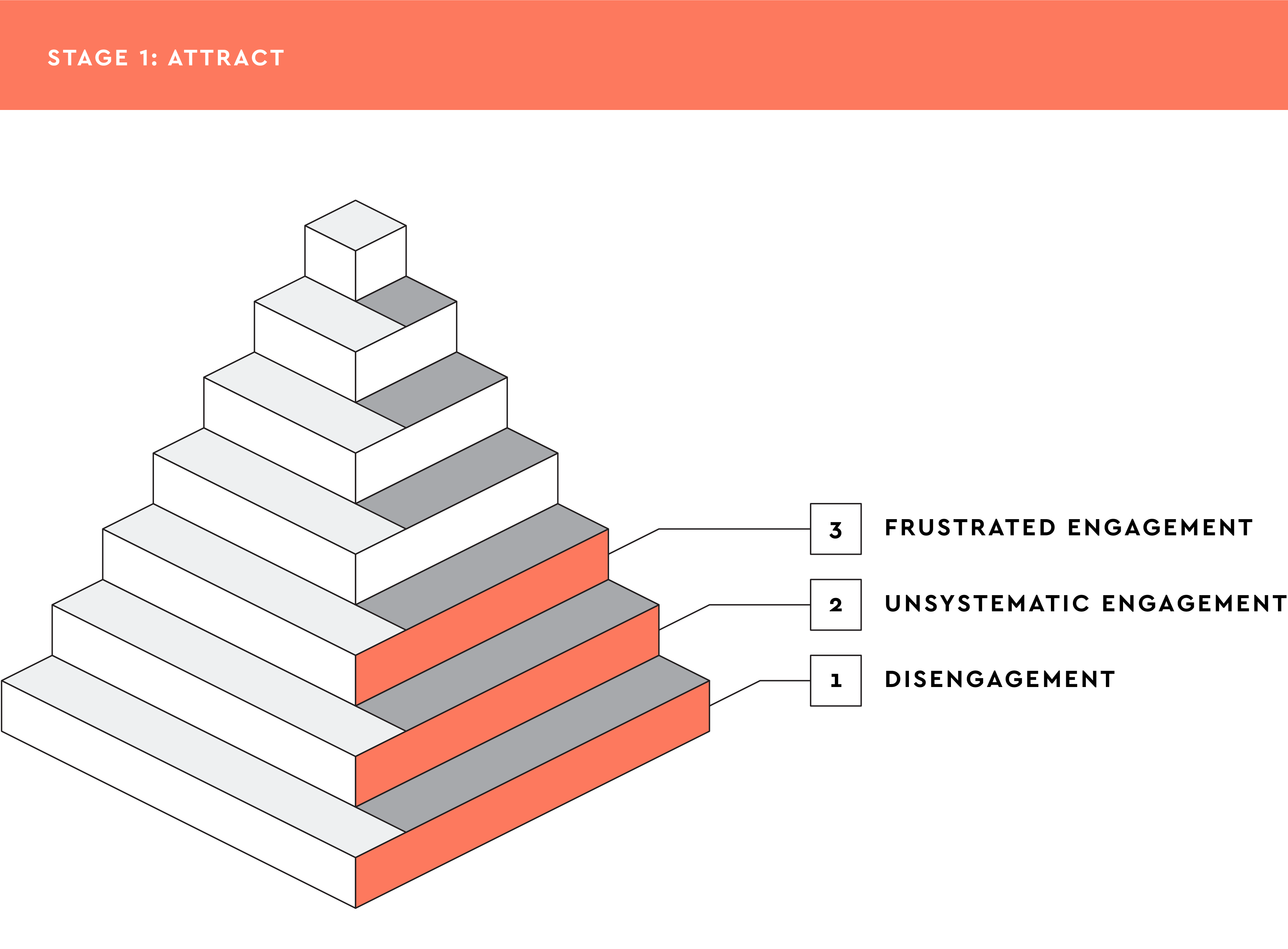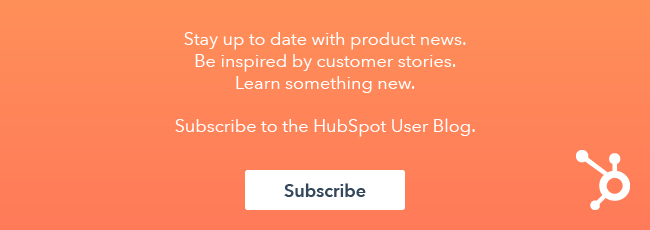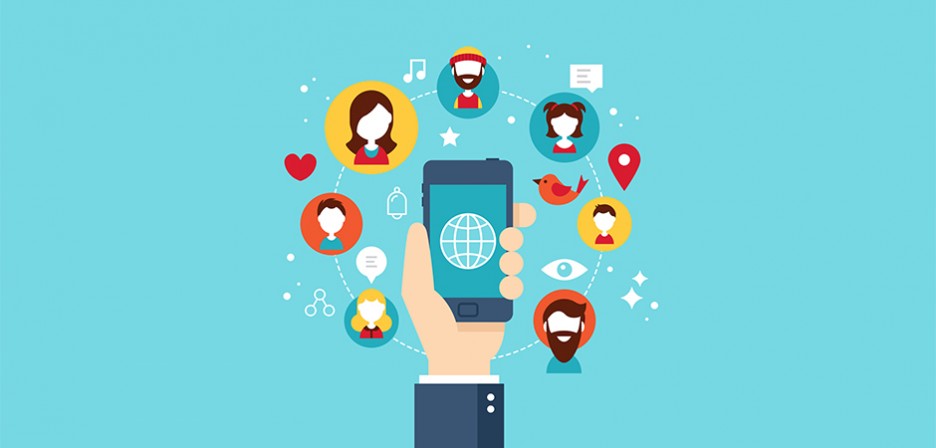So after reading the first post in this series, you’ve now learned about the importance of engagement, how to NOT define engagement, and who is great at engagement. But you must be thinking, OK already, how do I apply this seventh level framework to my own company?

Before you can ask anything of anyone, you need to know why you exist and what you’re trying to communicate. Sales is a meaningful transaction between two human beings, so if you don’t know the meaning behind your sale, it’s not worth asking anything from anyone.
The Seventh Level framework starts with Seven for yourself. By striving towards seven and using it as a north star or compass, you can then apply the Seventh Level framework to your relationships and go through the entire process (1 – 7). It's difficult to build meaningful relationships with someone else if you don't know what you care about. After you’ve identified your own personal values and beliefs, you can start to analyze and identify ways to connect with your customers.
As mentioned in the previous post in the series, CatalystCreativ has segmented the Seventh Level Framework into three buckets inspired by the inbound methodology and the flywheel model, the first being attract.
So let’s talk about how to attract your customer.
How Do I Get Started?

- Who your customer is.
- Where your customer is (What tools are they using? What are they reading? What events are they going to?).
- How to communicate with your customer.
The goal with each level is to identify an action and goal that will allow you to reach the next level. The higher the level of engagement, the higher achievement, which translates to higher sales, productivity, customer retention, customer acquisition...you get the picture!
Level 1: Disengagement
Let’s start with Level 1. Level 1 is defined as disengagement.
Disengagement is not the opposite of engagement; it’s merely a level of engagement. People in this level might be thinking:
This is so boring, but there’s hope.
For each level, we’ve identified an action that’s associated with the level, a question that arises from that action, and a goal to get to the next level.
| Level 1: Disengagement |
Action: No one is clicking on our Instagram ads. |
| Disengagement occurs when the audience member is idle, completely avoiding the task at hand. |
Question: Does my target audience use Instagram? |
|
Goal: Test ads on three different platforms to determine the best option for reaching my audience. |
When your customer is disengaged, they’re avoiding the task at hand (e.g., not purchasing from you, not clicking on an ad, not responding to an email, etc.), but there’s an opportunity to get them to the next level of engagement and that’s by identifying who your customer is and how they liked to be talked to.
Maybe your customer doesn’t use Instagram, and you’re only using Instagram to speak to them. Maybe your customer only uses social media during certain hours of the day or doesn’t use social media at all. At this level, it’s crucial to identify who your customer is and where your customer is so they don’t stay at the disengaged level.
Level 2: Unsystematic Engagement
The next level of engagement is unsystematic engagement. Once you know who your customer is and what tools they’re using, you need to make sure to clearly communicate with them. This is a huge issue in marketing. We so often use jargon words that no one understands, and then they don’t want to buy anything from us.
I don’t get what you’re going for here.
When your customer is at the unsystematic engaged level, they’re confused by your messaging.
| Level 2: Unsystematic Engagement |
Action: Audiences are visiting my website but don't make it past the homepage. |
| Unsystematic engagement occurs when audience members are confused by the brand's messaging and are not motivated to take action to connect further. |
Question: Is my messaging clear, concise, and simple? |
|
Goal: Decrease my bounce rate. |
When your customer has no idea what you do, they don’t know how to purchase from you. In order to get your customers to the next level of engagement, it’s crucial that you identify how to communicate to your customer in clear, concise language that’s digestible. A good rule of thumb: If an eight-year-old doesn’t understand what you do, your customer probably doesn’t either.
Once you’ve identified (1) Who your customer is and (2) How to clearly communicate with your customer, you can move on to level 3.
Level 3: Frustrated Engagement
Level 3 is called frustrated engagement. When someone is frustrated engaged, they’re interested in engaging with you but then get distracted.
Wait, what’s that over there?
| Level 3: Frustrated Engagement |
Action: Audiences click on the purchase button in my ad but then don't get to the website. |
| Frustrated engagement occurs when audience members understand your messaging but are unable to connect with your message due to distractions. |
Question: Does my website load quickly enough? |
|
Goal: Work with my developers to decrease the website load time. |
The world is a frustrated engaged place. Ever go to watch a video, and an ad pops up? Rather than watching the video, you just close out of the site altogether. This is frustrated engagement.
Frustrated engagement is happening at all times. Even if your customer is at a higher level, they can easily drop to this level. It’s crucial in a world filled with distractions for you to not create more distractions.
What do I mean by this?
I mean that when a customer gets to your website, make sure it doesn’t take too long to load. Or when a customer is asked to go to a landing page, make sure the pop-up is relevant to what you’re asking them to do and why they’re there.
Key Takeaway
So to summarize, in order to increase to the next bucket, you need to ensure that:
- You know your customer.
- You know how to speak to your customer.
- You aren’t creating distractions for your customer.
Once you’ve gained your customer’s trust by identifying how they like to be spoken to and then meeting them where you are, you can ask something of them— but not until you have sufficiently attracted them through listening to them and then proving that you care about them.
Want to learn more about the seventh level framework? Check back next week for the third post in the series.










